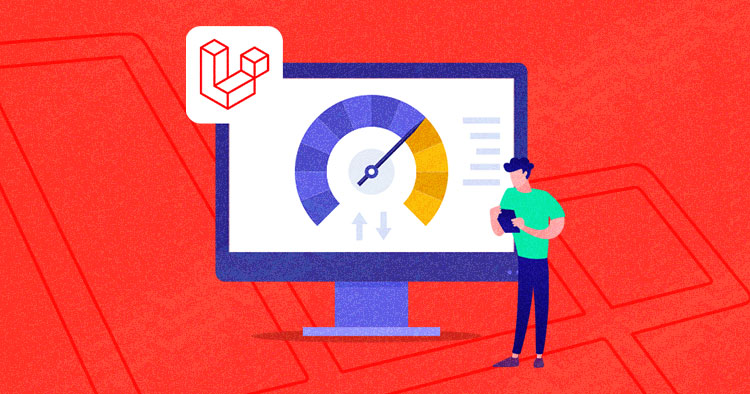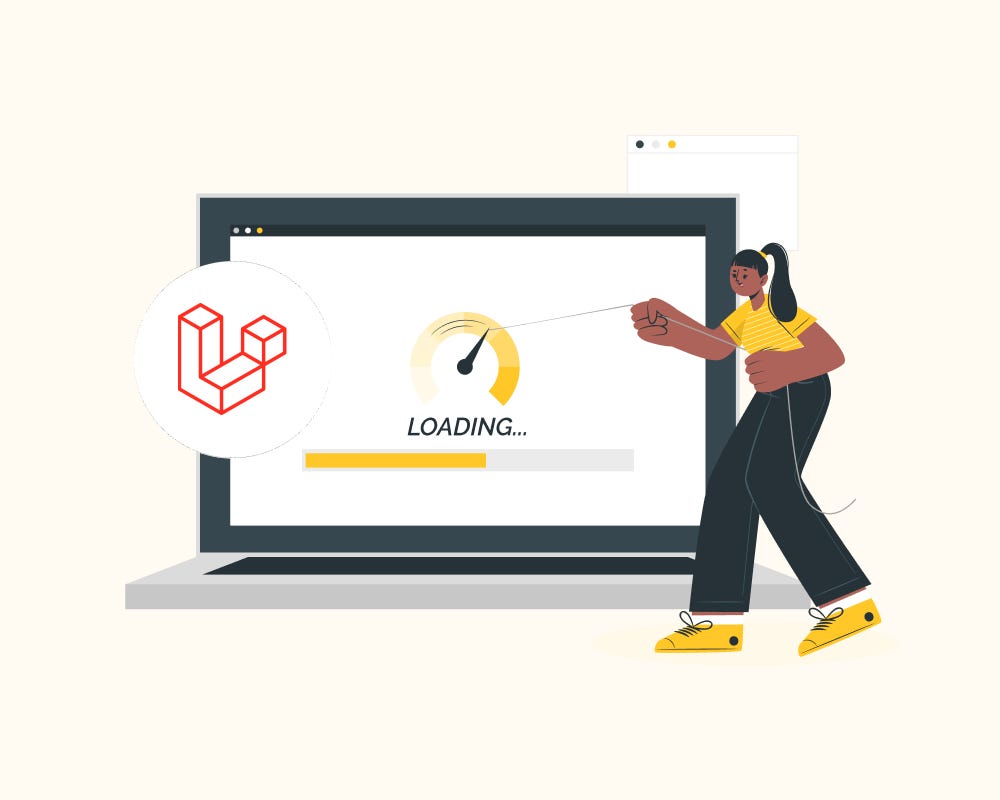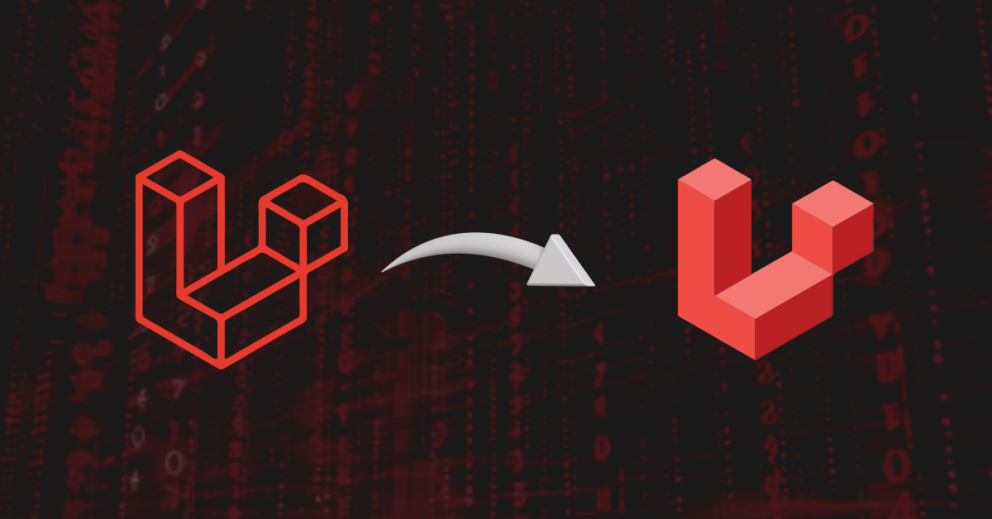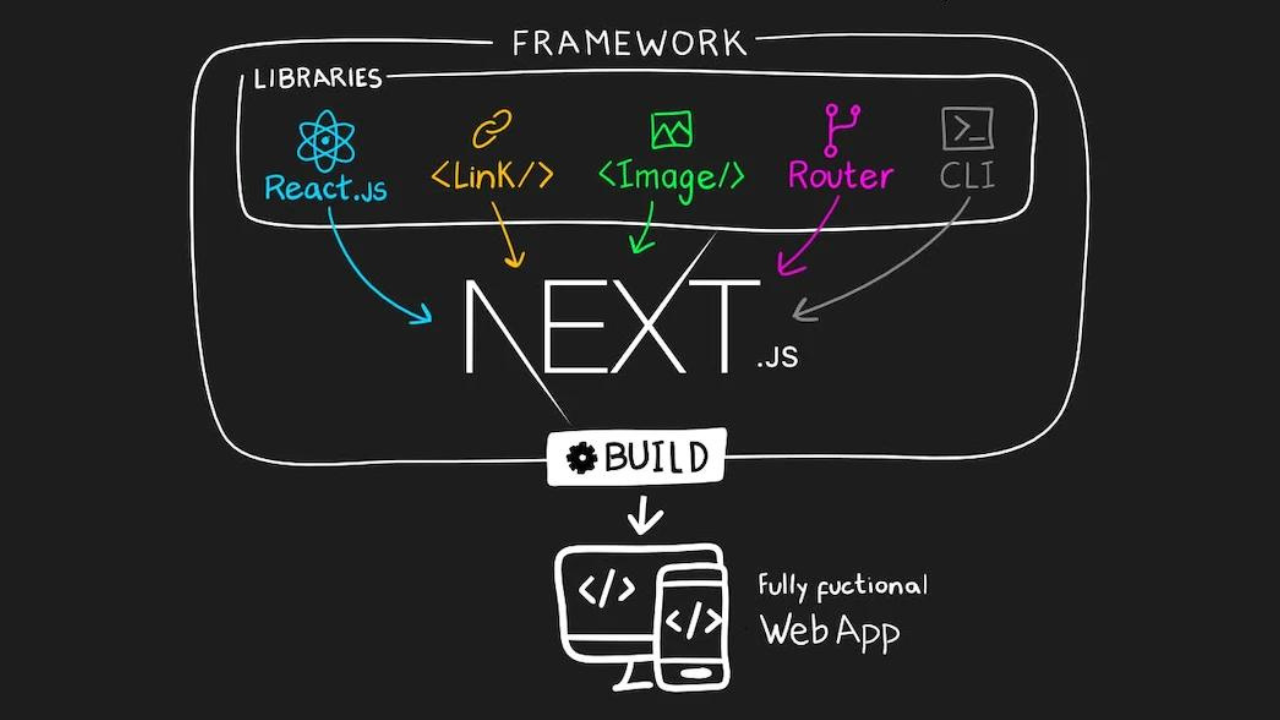Importance of Performance: Why Speed Matters to Your Business
Have you ever left a website because it was taking so long to load? Yes, your clients also do that. Being a business owner, I've discovered the hard way that a sluggish Laravel application can ruin conversions, irritate users, and reduce sales. Performance is the foundation of an excellent user experience that generates leads and retains customers; it's not just a tech buzzword. Fast Laravel apps have been shown to increase engagement by up to 40% at Fykel's services. Let's explore how to make your Laravel application blazingly fast so you can save money and increase your revenue.
Anyone who wants their business to succeed online should optimize their Laravel application, not just developers. More sales, improved SEO rankings, and happier users are all results of a faster app. Are you prepared to turn your web project into a speed demon? Here's how.
Common Performance Bottlenecks: Where Laravel Apps Slow Down
We must identify the problem before we can fix it. Despite Laravel's strength, if you're not careful, even the best framework can make mistakes. To be honest, it wasn't until we looked into one of our own projects at Fykel that I realized how much these bottlenecks were costing me.
Slow Database Queries
The main offenders are frequently database queries. It's like trying to fill a pool with a teaspoon if your app is retrieving data inefficiently. Your Laravel application may lag due to complicated queries or missing indexes, particularly when traffic is high.
Overloaded Views and Templates
Blade templating in Laravel is fantastic, but it can be sluggish if views are overloaded with logic or unoptimized loops. I've witnessed developers overfill templates with content, believing it won't affect the app until it begins to lag.
Uncached Resources
It would be like running a marathon without water breaks if caching wasn't used. Without caching, Laravel apps repeatedly reload the same data, wasting resources and annoying users. Many people ignore this low-hanging fruit.

Optimization Techniques: Practical Steps to Speed Up Laravel
Let's move on to the exciting part: practical strategies for launching your Laravel application. These methods can save you time and money, just as they have for our clients. To make it a reality, let's dissect it using some code.
Optimize Database Queries with Eloquent
Eloquent ORM is Laravel's database magic wand, but it must be used carefully. Use eager loading rather than lazy loading to avoid N+1 query issues. Lazy loading, for instance, can cause your app to lag by launching hundreds of queries when retrieving users and their posts.
use App\Models\User;
$users = User::with('posts')->get(); // Eager loading
// Instead of:
$users = User::all(); // Lazy loading, triggers N+1 queries
Use indexes on columns that are frequently accessed as well. By simply adding a database index, I once witnessed a client's app reduce load times by 50%. To identify slow queries early, use Laravel's Debugbar to examine the performance of your queries.
Leverage Caching for Lightning Speed
Your best friend is caching. Redis and Memcached are two of the caching drivers that Laravel supports. To minimize database hits, store frequently accessed data in cache, such as user profiles or product listings. This is a basic illustration of caching a query result:
use Illuminate\Support\Facades\Cache;
$products = Cache::remember('products', 60, function () {
return DB::table('products')->get();
});
This saves valuable database calls by caching the products for 60 seconds. When we applied this trick to a client's e-commerce website, page load times decreased from three seconds to less than one, which had a significant impact on conversions.
Optimize Blade Templates
Maintain the leanness of your Blade templates. Steer clear of lengthy loops in views and transfer complex logic to controllers or services. To reduce processing time, use Blade's caching for compiled views:
php artisan view:cache
When updating views, use php artisan view:clear to clear the cache. For a SaaS client with a slow dashboard, this minor change had a significant impact—load times increased by 20%.

Use Lazy Loading Wisely
When used properly, lazy loading can be a performance lifesaver. Only load resources and images when required, particularly for mobile users. Lazy loading for relationships in Laravel can also be beneficial, but for best results, combine it with eager loading. For instance:
$posts = Post::with('comments')->get(); // Eager load comments
This guarantees that comments load quickly rather than one query at a time. This minor adjustment can reduce the response time of your app by a few seconds.
Queue Time-Consuming Tasks
Sending emails and processing uploads are examples of synchronous tasks that can cause your app to lag. You can offload these to the background using Laravel's queue system. To queue an email, follow these steps:
use App\Jobs\SendEmailJob;
dispatch(new SendEmailJob($user));
When we added queues to a client's notification system, users noticed an instant improvement in the responsiveness of their app.
Optimize Configuration and Routes
To cut down on overhead, cache your configuration and routes. This is made simple by Laravel's Artisan commands:
php artisan route:cache
php artisan config:cache
These commands expedite requests by combining routes and configurations into a single file. Just don't forget to use php artisan cache:clear to clear the cache after making changes. This resulted in a 15% reduction in load times for one of our portfolio projects.
Testing and Monitoring: Keeping Your App in Top Shape
Optimization is a continuous process. To make sure your Laravel application remains responsive as it expands, you must test and keep an eye on it. When a client's app slowed down following a spike in traffic, I discovered this the hard way—monitoring could have prevented a great deal of stress.
Use Performance Testing Tools
You can get real-time insights into the performance of your app with tools like New Relic and Laravel Telescope. While New Relic records live performance, Telescope is excellent for debugging requests and queries locally. At Fykel, we use these to identify bottlenecks before they negatively impact the operations of our clients.
Load Testing for Real-World Scenarios
To see how well your app performs, use tools like JMeter or Locust to simulate high traffic. At first, I was dubious about load testing because it seemed like more work, but it turned up a query problem that might have caused a client's app to crash during a sale. Test frequently and early.
Monitor and Iterate
Use external tools like Pingdom or services like Laravel Forge's monitoring to set up alerts for performance drops. Finding slow queries or memory leaks is made easier with regular profiling using Laravel Debugbar. Being proactive keeps your app running quickly and your users satisfied.
Conclusion: Faster Laravel Apps, Happier Customers
Fast Laravel applications are advantageous for businesses, not just nice to have. You can develop an app that delights users and generates income by addressing bottlenecks like sluggish queries, utilizing caching, and keeping an eye on performance. At Fykel, we've demonstrated that speed leads to success by assisting companies in increasing conversions by as much as 40% through optimized Laravel apps.
Are you prepared to boost your business and speed up your Laravel application? See how reasonably priced top-tier performance can be by looking at our services or pricing. Have inquiries? Get in touch at [email protected]; together, we can create something incredible and quick.



_0.png)
